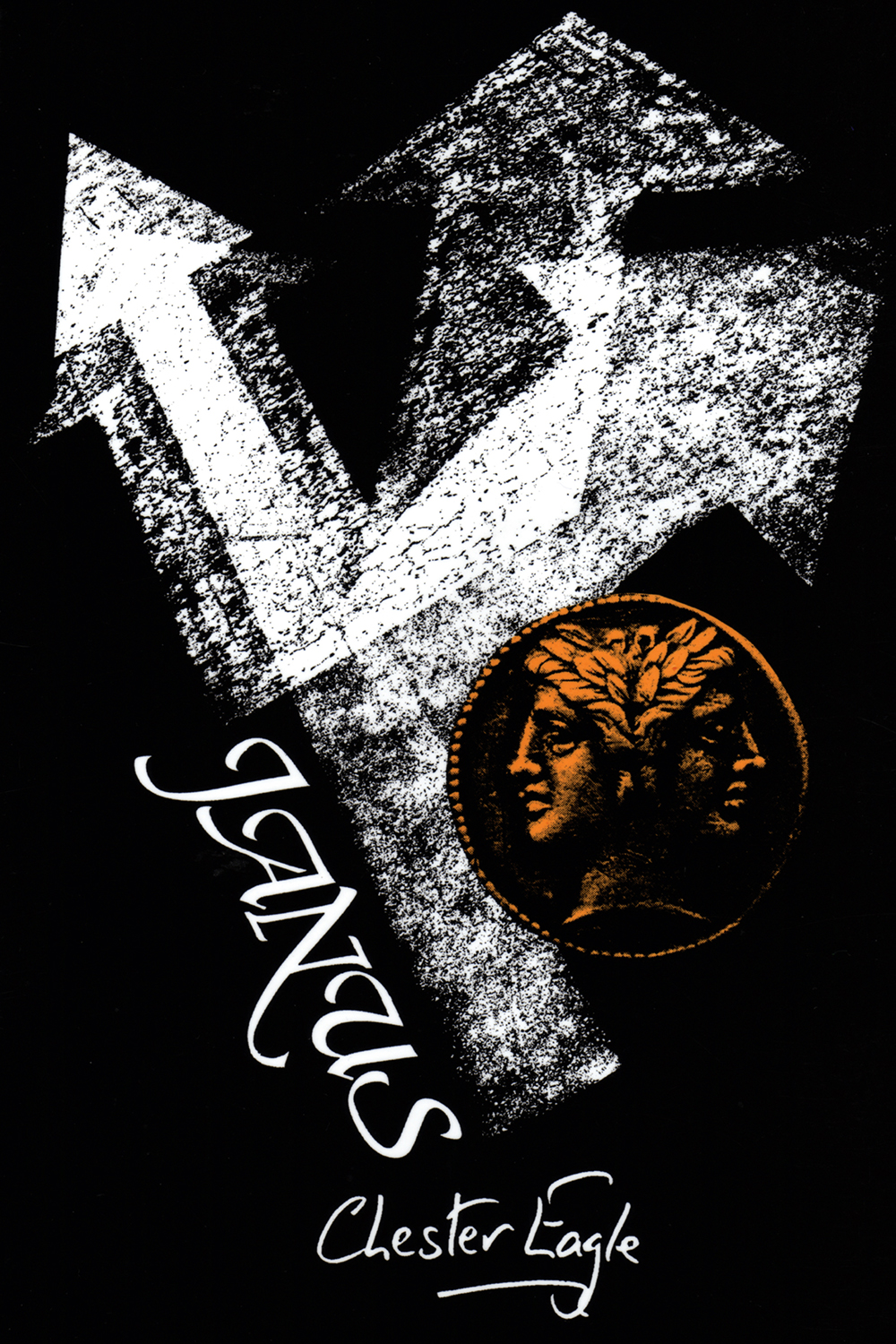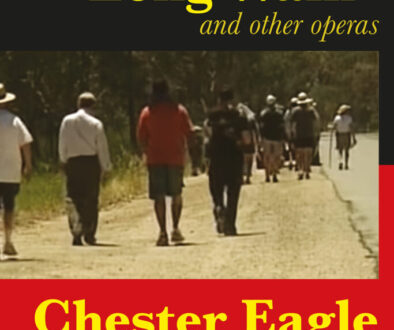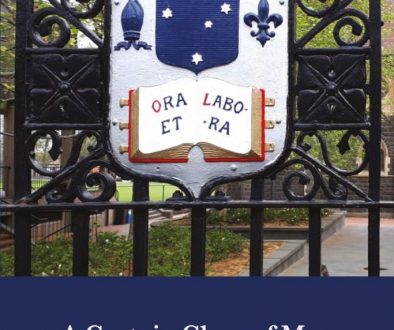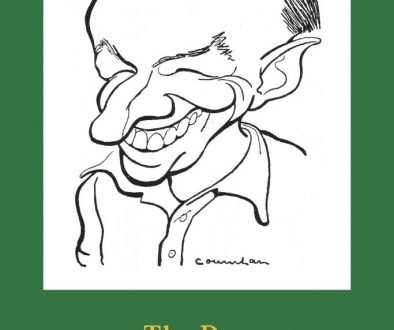Janus

This book looks in two directions. It is a collection of travel pieces, taking the reader to France, China, Rome, New York and other places, but the observations and extensions of thought opened up by distant places return the traveller, and with him the reader, to Australia. To travel far is to know one’s own place a little better. The first piece shows the traveller in Sylvia Beach’s bookshop in Paris, explaining New South Wales to two Americans who have a print of George Lambert’s ‘Crossing the black soil plains’. Later pieces look at Gipsies, those who travelled to make war, and those who came to know that their spirit was better suited to a distant land. In the last piece the traveller returns to what is no longer his home, finds it changed, and encounters the life he might have led had he not taken his path of study and travel. Janus, the god of ambivalence and the divided mind, presides over everything in this book which is named for him.
Written by Chester Eagle
Designed by Vane Lindesay
Layout by Chris Giacomi
First published 2001 by Trojan Press
200 copies printed
Circa 36,200 words
Electronic publication by Trojan Press (2006)
The writing of this book:
It’s interesting to look through one’s files to find the earliest workings out of the ideas for a book. Here’s what I found with Janus:
31/12/99 Title of next book could be Janus because he looked two ways. The book should look forward (globalisation) and back (aboriginal life), with the narrator’s standpoint steadily dissolving (a process set underway by didgerido.
This might be thought to be perceptive and forward-looking, but it better describes The Centre & other essays than it doesJanus. Something in my mind was looking two books ahead, not one. The book I wrote first was a collection of travel pieces, and their looking-two-ways aspect comes from the fact that when one travels one sees one’s own country more clearly, and at the same time as one is looking at foreign places. To know about one’s own place, it helps to go away.
I notice though, looking through my notes, that I did quite a bit of reading about the origins and making of the didgeridoo, something of a run-on from my previous book, and some reading also about Henry Clay Frick, whose home/art gallery came into the third story in House of music, ‘Those shining towers’. My mind seems to have gone wandering again as it prepared for the travel pieces.
What does please me, as I look back at Janus and the notes that led to its writing, is that I’m focussed on the minor incidents and aspects of travel which rub against the edges of the mind, rather than the noteworthy places that ‘bring history to life’. Travel is, for me, an intensification of the thought processes that go on all the time, having the advantage – travel, that is – that new observations cause one’s thoughts to take new paths. I might say that I have only ever travelled fairly cheaply. I wouldn’t want the protection of luxurious accommodation because I would feel I was closing out the very aspects of the world that stimulate me most. Two stars, or one, or none, for me!
Finally, I would like to say that my Chinese friends were very interested in the piece called ‘The pavilion’. They were pleased that I was curious enough to reach out for something that’s of great importance to them, and even more pleased that I could see and respect it as something not available outside their culture.



